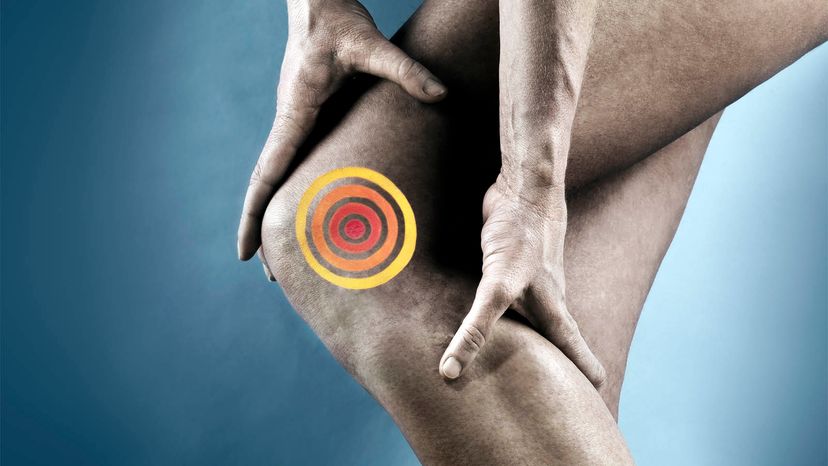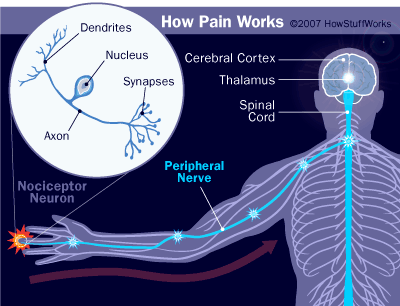Usually, pain in a certain part of your body signals that something in that area needs attention. In fact, this is the how pain benefits us. When pain becomes chronic — lasting for more than three months — it's time to seek help if you haven't already. If left untreated, chronic pain can lead to decreased mobility, impaired immunity, decreased concentration, anorexia and sleep disturbances.
Vague, random, unexplained pains are often the result of an injury, illness or disease such as arthritis or cancer. Finding the root, and ruling out anything serious, is crucial.
When those random pains are widespread, it presents a new set of issues. The American College of Rheumatology defines widespread pain as pain lasting a minimum of three months that affects both sides of the body, below and above the waist and in the axial skeleton. Pinning a diagnosis on that pain can be daunting, requiring a battery of tests over the course of several months to years.
Conditions doctors may test you for include lupus, Lyme disease, multiple sclerosis, myasthenia gravis, osteoarthritis and rheumatoid arthritis, to name a few. If those conditions are ruled out, your doctor may consider a diagnosis of fibromyalgia. This neurological disorder causes heightened sensitivity to physical pressure or pain, and often involves sleep difficulties. It is especially tricky to diagnose as there is no definitive diagnostic test.
Studies have found chronic depression also can cause "floating," random and otherwise unexplainable pains in various parts of your body. This may manifest in the form of back pain, headaches and heightened sensitivity to pain.
How can this be? It turns out that pain and emotion travel down some of the same neural pathways in your brain. For some people, it seems that neurotransmitters carrying news of gloom and doom can jump the tracks and result in actual physical pain. Usually, antidepressants, therapy or some combination of the two helps to resolve the depression and, with it, the pain.











